
Domestic
18:40, 15-Mar-2019
"Tackling mindsets" is the hardest nut to crack in China's poverty drive
Updated
20:21, 15-Mar-2019
By Meng Qingsheng, Wei Lynn Tang
07:46
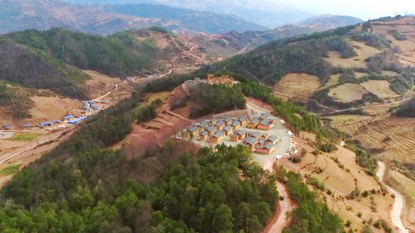
As China inches nearer to its 2020 poverty eradication goal, the focus has now turned to: What's next? How can the country ensure that its people's lives continue to fundamentally improve?
By the end of next year, there will be 16 million people left to be lifted out of poverty. And among this remaining group are those of the Yi ethnic people in Liangshan Yi Autonomous Prefecture - one of the country's poorest regions - set in the mountains of southwest China.
CGTN's Chengdu team traveled to Sanhe Village in Liangshan and spoke to local officials and villagers alike. The consensus we gathered is: With the building of basic infrastructure now underway, such as new houses and roads, the harder nut to crack is that of villagers' mindsets.
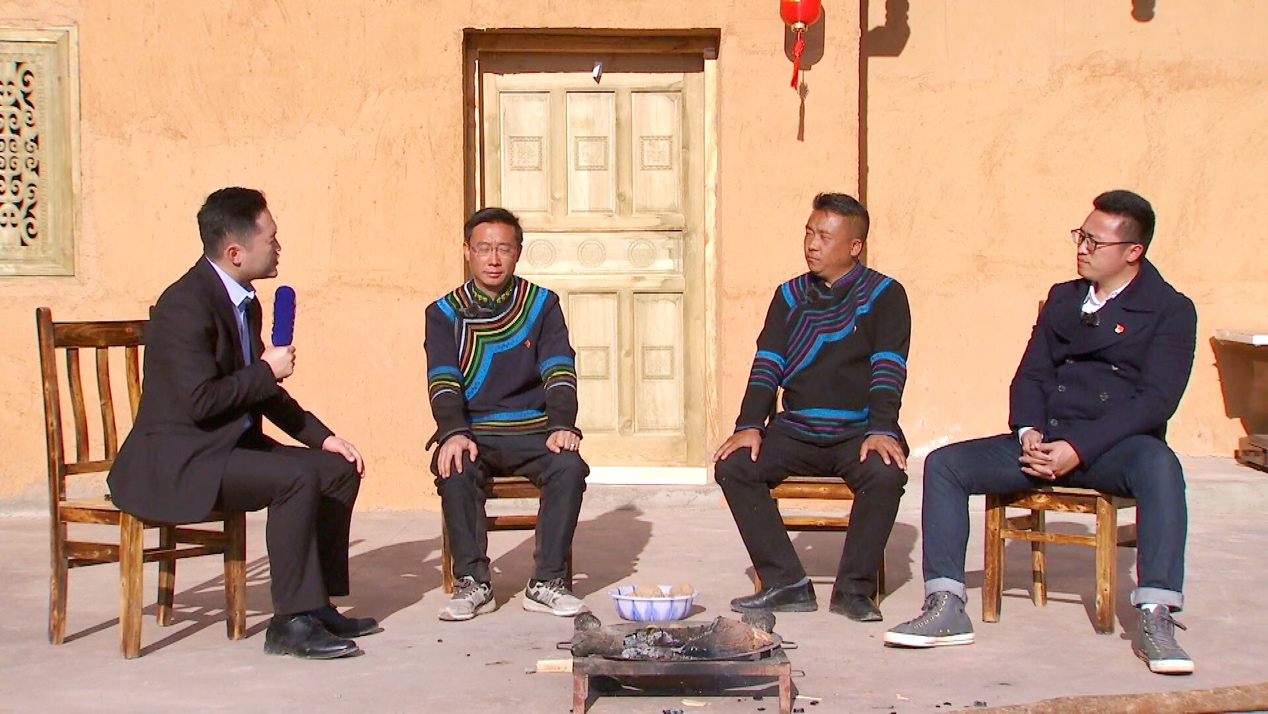
CGTN's Chengdu team interviews local residents. /CGTN Photo
CGTN's Chengdu team interviews local residents. /CGTN Photo
The relocation program sees preliminary success
When President Xi Jinping visited the village in February 2018, he made it known that one of the immediate goals should be to relocate the locals to new homes.
According to Zhang Ling, First Party Secretary of Sanhe Village, construction of nine relocation sites had begun in April 2018, with the first batch of villagers having moved into their new abodes in February 2019.
"They're happy and excited. Compared to their old shacks, their new places now have more space with a clear division of functions, with bedrooms, toilets, and kitchen all separated," Zhang told CGTN.
Meanwhile, construction of a 22-kilometer road connecting various villages has also started. The lack of proper roads has hindered villagers from shipping their goods such as potatoes, herbal medicine, and bee honey out to marketplaces.
"To rid oneself of poverty from within"
But the road to poverty reduction is still a long one.
"Even if new housing and transportation infrastructures have been provided, at the end of the day it has to come from the villagers' willingness to lead better lives," Zhang told CGTN.
Yang Gao, a 30-year old who hails from Liangshan, agreed, noting what's needed in his hometown is to lift itself out of poverty from within.
"There's a saying here: To alleviate poverty, you first have to cultivate wisdom. In President Xi's 2019 New Year greeting, he said, 'we are running at full speed towards the realization of our dreams.'"
"We should encourage our poor households to have a dream. The dream does not need to be too far fetched or big, as long as one can live a good life," said Yang, the Founder of Wisdom Human Resources.
Yu Bin, an NPC Deputy concurred. "A more sustainable development model is still needed in the long-term to ensure villagers don't fall back into poverty."
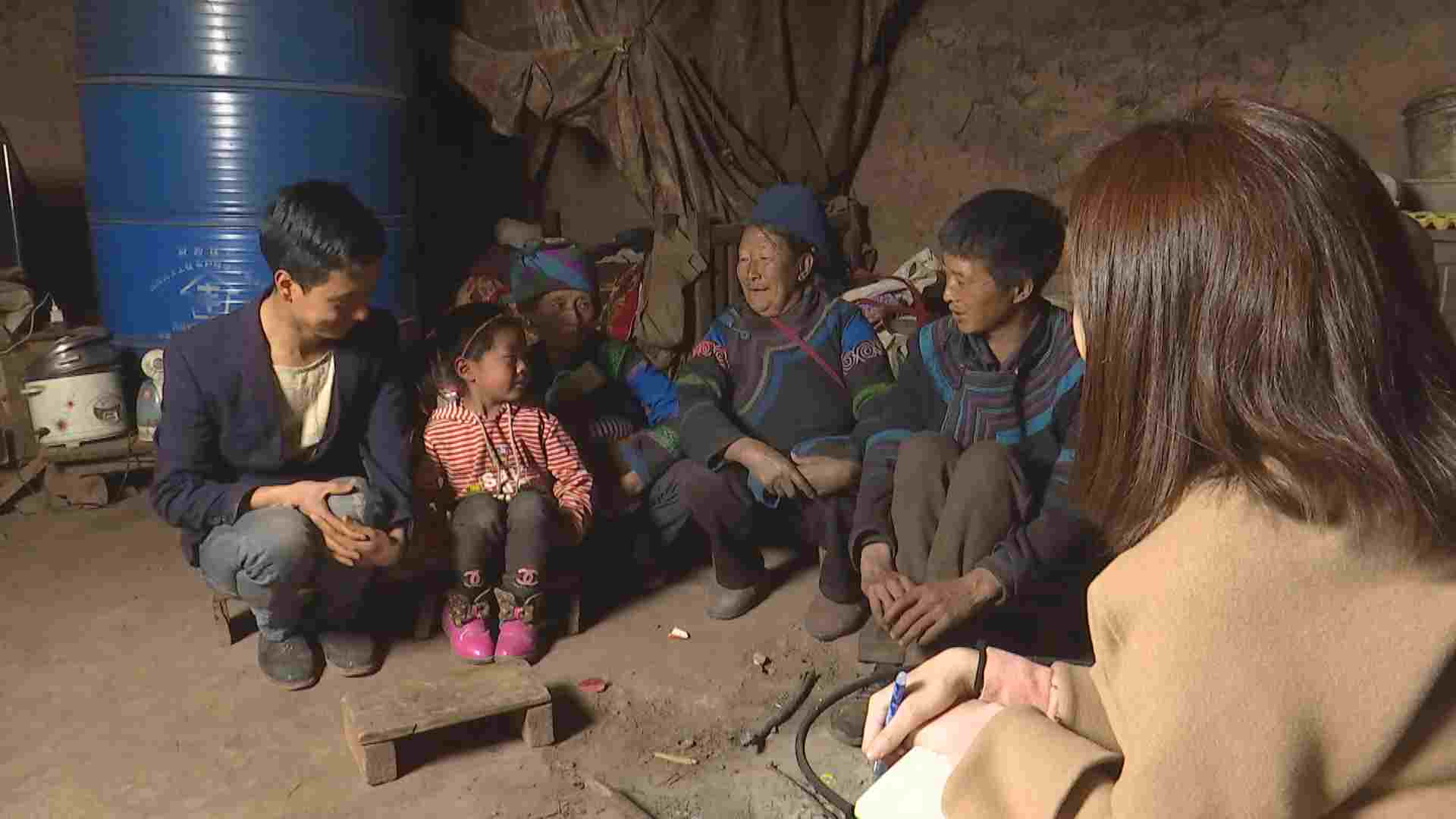
Ergu Erde's family belongs to the Yi ethnic group and look forward to moving to their new home in the next few months. /CGTN Photo
Ergu Erde's family belongs to the Yi ethnic group and look forward to moving to their new home in the next few months. /CGTN Photo
Cultivating skillsets and homegrown talents
Of the 1,698 people in Sanhe Village, almost 47 percent presently live below its 2019 poverty line of 3,600 yuan (or 537 U.S. dollars) a year.
And relocation is only the first step in this long, tough poverty reduction battle.
"We're also working on increasing the income of villagers by engaging them in agricultural and livestock farming. Potatoes have long been the staple food of the locals. We have introduced a new seed to help villagers' boost production," Zhang said.
"We also offer villagers vocational training and night school programs to better prepare them to find employment in other cities, thereby increasing their income."
However, a shortage of workers is still prominent in the village, Yu said.
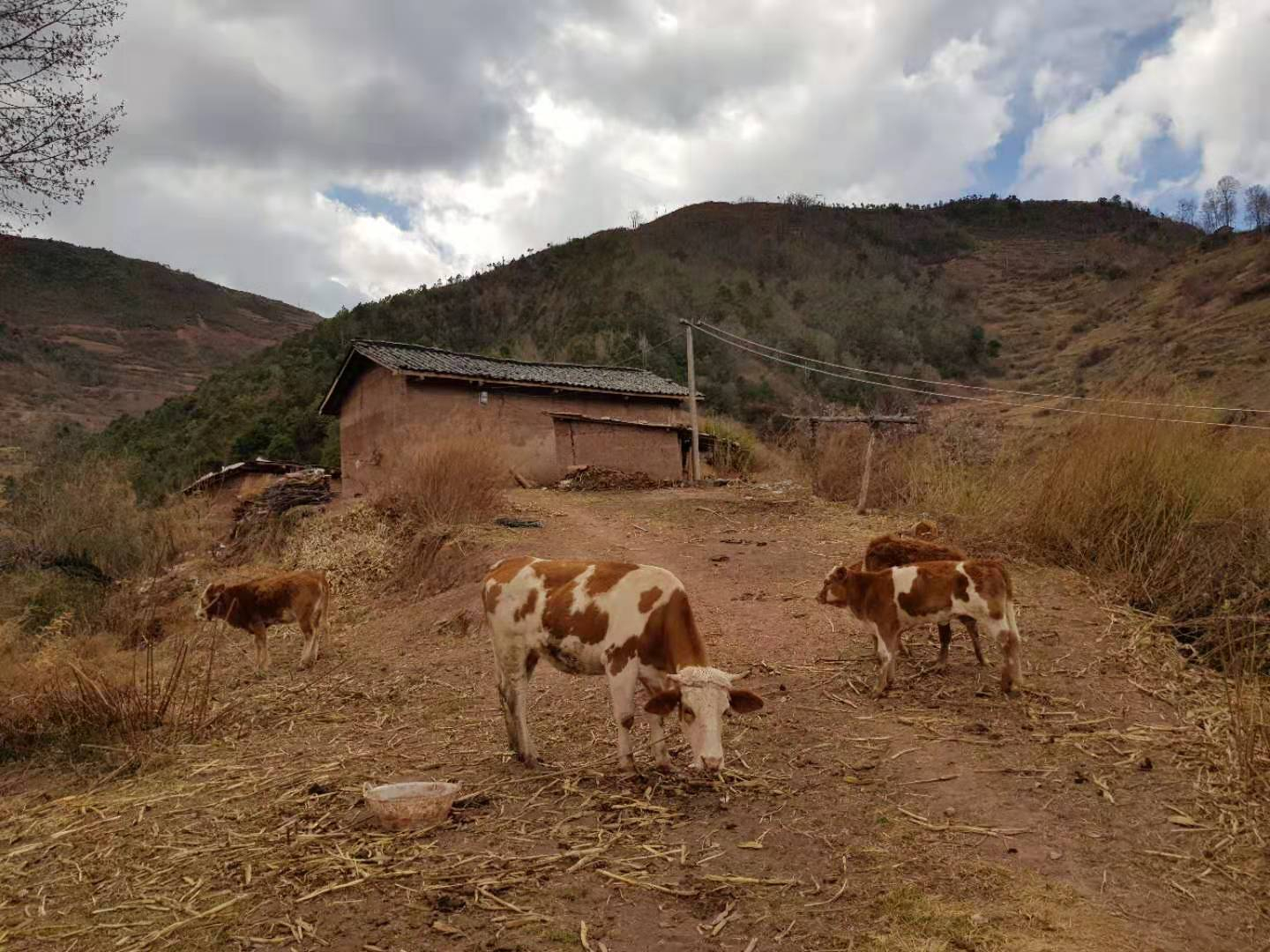
Besides agriculture, villagers in Sanhe are also encouraged to pursue livestock farming as a means to increase their income. /CGTN Photo
Besides agriculture, villagers in Sanhe are also encouraged to pursue livestock farming as a means to increase their income. /CGTN Photo
For decades, many of the younger generations have chosen to head to more developed provinces such as Guangdong for employment, in search of a better income.
But Yang is hopeful. He believes villagers seeking employment elsewhere is a temporary phenomenon. "If we want to lure back these youths and develop the village well, we need a better market environment," he said.
What are officials hopeful for?
For Zhang, his vision for the village is: "When those who left the village choose to come back, be it to find a living or build a home. Ultimately, it will help give their hometown a leg-up."
Meanwhile, Yu calls for increased government support and funding, to speed up the building of infrastructure in rural areas. At the same time, he calls for efforts to protect the traditional architectural style of these Yi homes while building new ones.
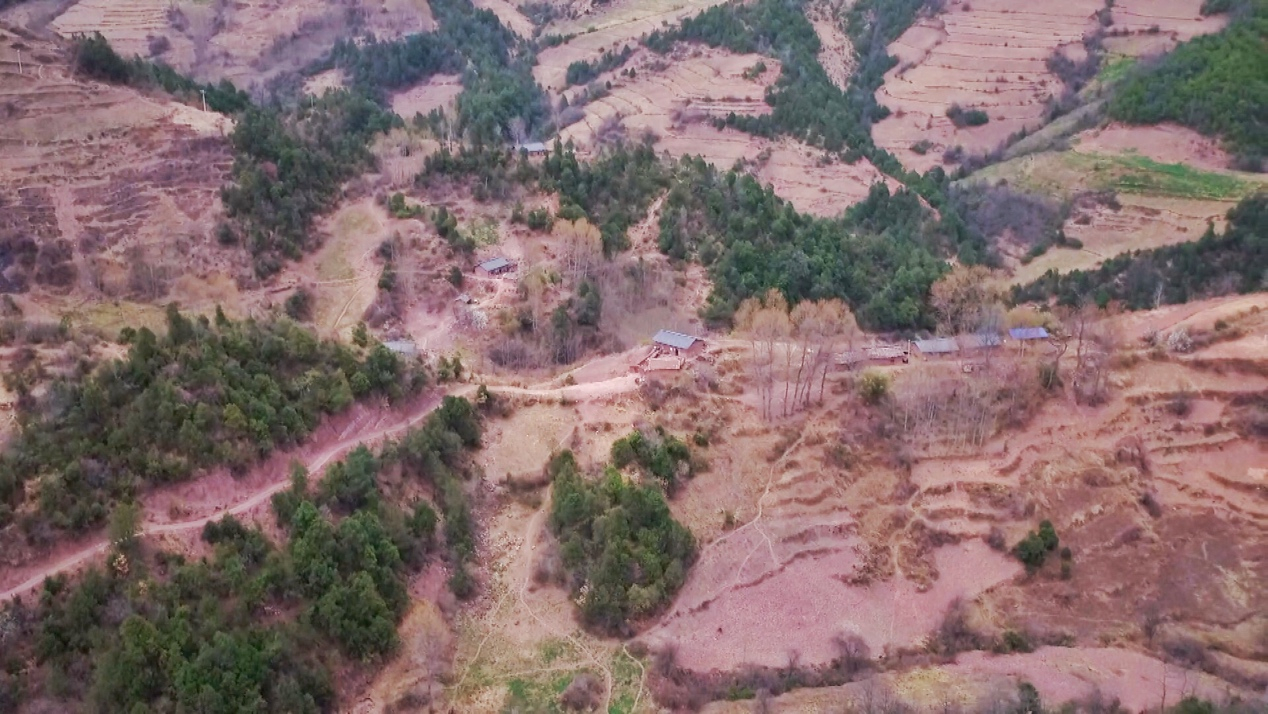
Sanhe Villagers' homes are isolated and dispersed, nestled among the rocky terrains in Liangshan, Sichuan province. /CGTN Photo
Sanhe Villagers' homes are isolated and dispersed, nestled among the rocky terrains in Liangshan, Sichuan province. /CGTN Photo
As for Yang, who chose to come back to Liangshan in 2015 after having studied and worked in Beijing for eight years, hopes the country will continue to provide more tangible support to entrepreneurs and the private economy.
"Liangshan's development requires the progress of more young people. We need to improve their professional and financial capabilities, so that they don't fall back into poverty," he said.
Yang's human resources firm has trained and sent 150 teachers to schools since 2016, benefiting 20,000 students overall.
Poverty alleviation is an ongoing journey and one that is hardest to fight especially in harsh, isolated areas like in Liangshan.
But with the right foundations set in places such as that of basic homes with facilities, roads, earmarking of potentially marketable agricultural production, and education – it's a journey worth fighting for.

SITEMAP
Copyright © 2018 CGTN. Beijing ICP prepared NO.16065310-3
Copyright © 2018 CGTN. Beijing ICP prepared NO.16065310-3